Expansion of the Chemical Industry
The Calcium Carbide Market is significantly influenced by the expansion of the chemical sector, which relies heavily on calcium carbide as a precursor for various chemical processes. Calcium carbide is utilized in the production of chemicals such as calcium cyanamide, which is essential for fertilizers and other agricultural products. As the agricultural sector continues to grow, driven by the need for food security and sustainable farming practices, the demand for calcium carbide is expected to rise. Recent data indicates that the chemical industry is projected to grow at a rate of around 4% annually, further propelling the calcium carbide market. This expansion not only enhances the market's potential but also encourages innovation and diversification in product offerings.
Rising Applications in the Steel Industry
The Calcium Carbide Market is witnessing a rise in applications within the steel industry, where calcium carbide is employed as a desulfurizing agent. The increasing production of steel, driven by infrastructure development and urbanization, is likely to bolster the demand for calcium carbide. Recent statistics indicate that the steel production sector is expected to grow at a rate of approximately 3% annually, which could lead to a corresponding increase in calcium carbide consumption. This trend suggests that the calcium carbide market will benefit from the steel industry's growth, as manufacturers seek to improve the quality of steel products through effective desulfurization processes.
Increasing Demand for Acetylene Production
The Calcium Carbide Market is experiencing a notable surge in demand for acetylene, a key product derived from calcium carbide. Acetylene is widely utilized in various applications, including welding and cutting processes, which are integral to numerous industrial sectors. The growth in construction and manufacturing activities is likely to drive the demand for acetylene, thereby positively impacting the calcium carbide market. Recent estimates suggest that the acetylene market could witness a compound annual growth rate of approximately 5% over the next few years. This increasing demand for acetylene not only bolsters the calcium carbide market but also encourages manufacturers to enhance production capacities to meet the rising needs of various industries.
Technological Innovations in Production Processes
The Calcium Carbide Market is being shaped by technological innovations that enhance production efficiency and reduce costs. Advances in production techniques, such as the use of more efficient furnaces and improved raw material sourcing, are likely to lead to increased output and lower operational costs for manufacturers. These innovations not only make calcium carbide production more sustainable but also improve the overall competitiveness of the market. As companies adopt these new technologies, the calcium carbide market may experience a shift towards more environmentally friendly practices, aligning with global sustainability goals. This trend could attract new investments and foster growth within the industry.
Growing Demand for Calcium Carbide in Asia-Pacific
The Calcium Carbide Market is significantly influenced by the growing demand in the Asia-Pacific region, where industrialization and urbanization are rapidly advancing. Countries such as India and China are experiencing substantial growth in their manufacturing and construction sectors, leading to an increased need for calcium carbide. Recent projections indicate that the Asia-Pacific region could account for over 40% of The Calcium Carbide Market by 2026. This rising demand is likely to encourage manufacturers to expand their operations and invest in new facilities to cater to the burgeoning market. As a result, the calcium carbide market is poised for substantial growth in this region, driven by the ongoing industrial developments.


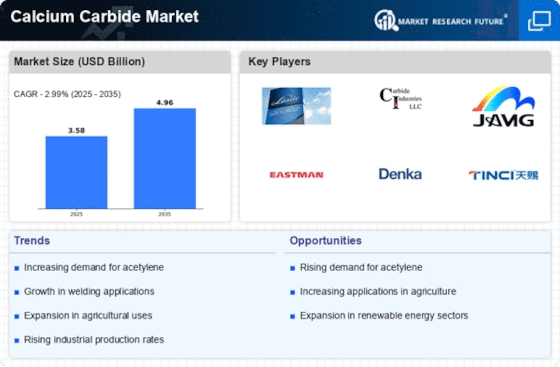
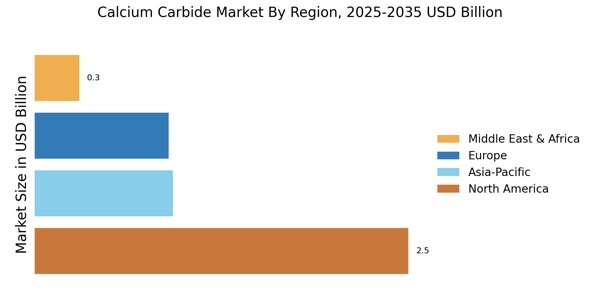
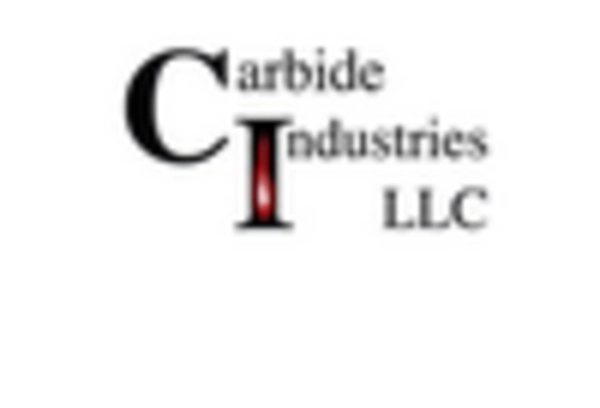
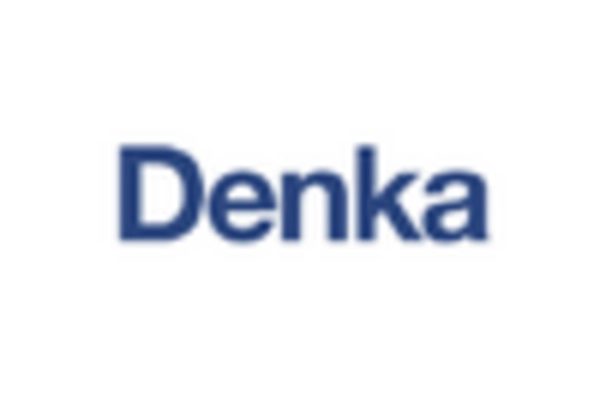


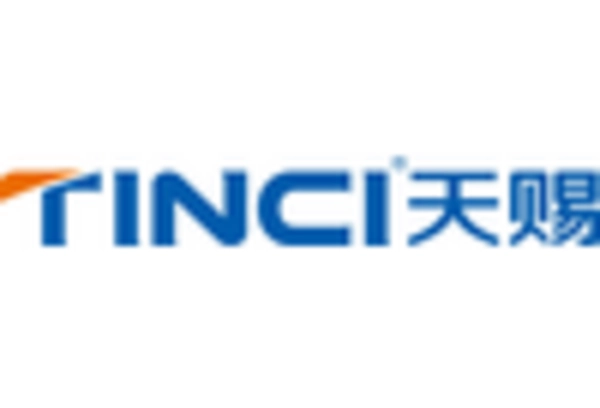
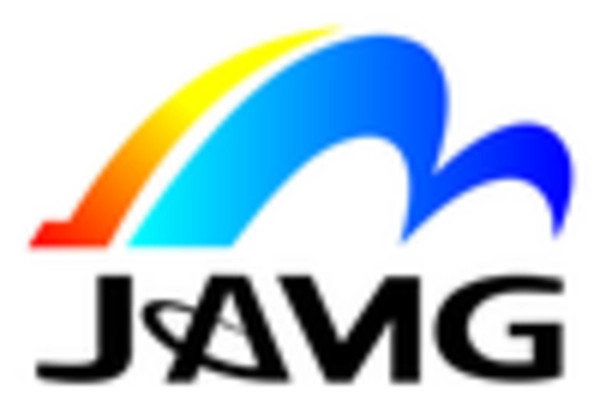








Leave a Comment